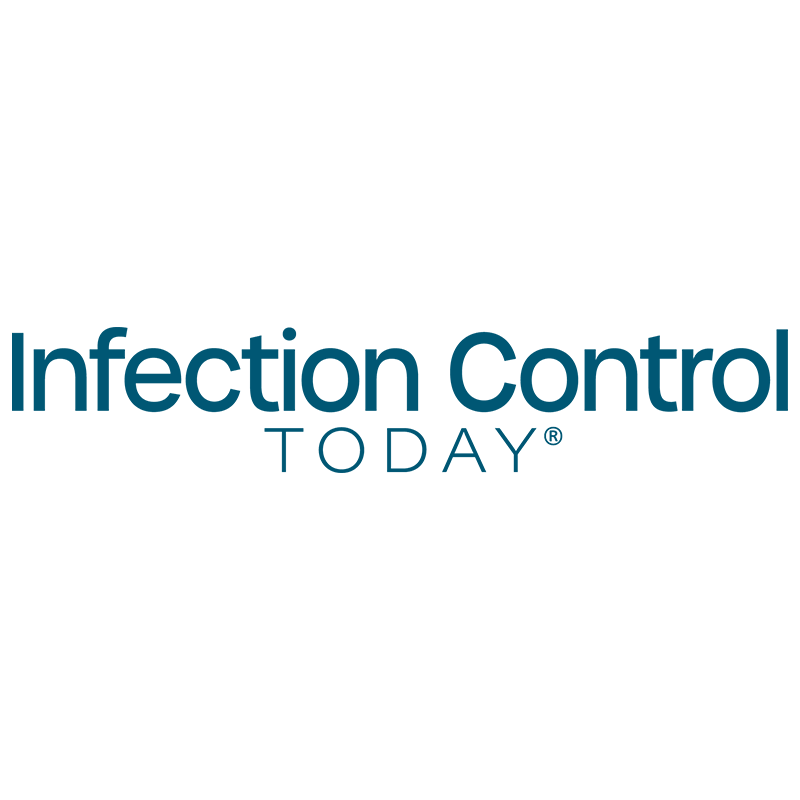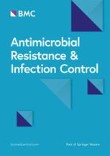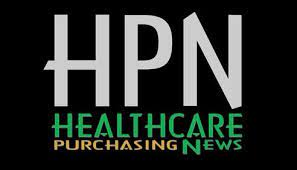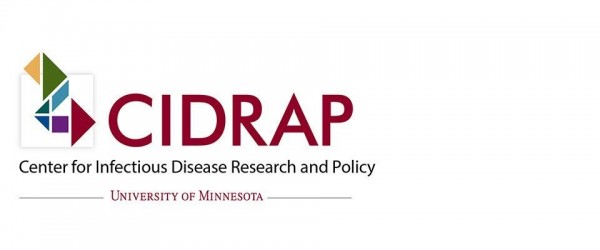Soap recalled due to to bacterial contamination

Editor's Note DermaRite Industries has voluntarily recalled multiple lots of healthcare products nationwide due to contamination with Burkholderia cepacia, a bacterium that poses serious infection risks to immunocompromised individuals, according to an August 10 article in Newsweek. The recall affects four product lines commonly used in healthcare settings for handwashing…
Report: Sicker surgical patients fared better post-pandemic

Editor's Note Hospitals achieved a substantial reduction in mortality risk for surgical inpatients between 2019 and 2024, even as patients grew sicker and stayed longer, according to a report released August 5 by the American Hospital Association (AHA) and Vizient. In the first quarter of 2024, hospitalized surgical patients were…
AI tools monitor, reduce OR infection risks

Editor's Note AI-enabled sensors, smart surveillance systems, and predictive analytics are advancing perioperative workflows while helping prevent breaches that can lead to surgical site infections (SSIs). This is the primary takeaway of a July 15 Q&A with Herman DeBoard, PhD, CEO of Huvr Inc., in Infection Control Today. As detailed…
Study: Crowded OR boosts likelihood of airborne bacterial contamination during sterile prep

Editor's Note Reducing the number of OR personnel during preparation of sterile surgical goods significantly lowers airborne bacterial contamination, according to a randomized controlled trial published June 15 in Antimicrobial Resistance & Infection Control. The study measured contamination levels during sterile setup for 69 open-heart surgeries, comparing rooms with two…
Revised sterilization standards demand urgent attention from perioperative leaders

Editor's Note New and revised sterilization and reprocessing standards are reshaping the landscape for sterile processing departments, placing greater emphasis on chemical modalities, device-specific protocols, and system-wide quality management, according to the Healthcare Purchasing News May 27 update on compliance and standards. Among the most significant developments is the overhaul…
‘SMART Toolkit’ empowers healthcare leaders with actionable strategies to reduce HAIs

Editor's Note A new digital resource is helping hospital leaders strengthen infection prevention efforts by focusing not just on bedside protocols, but on management strategies proven to reduce healthcare-associated infections (HAIs). The “SMART Toolkit,” developed by researchers at The Ohio State University and launched in July 2022, offers a free,…
Study: Pneumonia risk lower for COVID-19 than influenza, RSV

Editor's Note Influenza and RSV infections more than double the risk of secondary Streptococcus pneumoniae infection, while COVID-19 is associated with a significantly reduced risk, according to a June 2 news brief from the Center for Infectious Disease Research and Policy (CIDRAP). The findings stem from a retrospective study of…
Study highlights surgical slush sterility, heart health risks

Editor's Note Researchers studying the exposure of sterile surgical slush to open air urge the adoption of closed-system technology to alleviate risks to sterility and surgical outcomes, according to a May 19 article in OR today. The article focuses on a time and motion study led by perioperative nursing leaders…
Standards strengthen sterilization, disinfection process chains

Preventing infection from contaminated surgical tools requires attention to every link in a complex chain of processes, from point-of-use pretreatment in the OR to the moment the freshly disinfected or sterilized item arrives at the next patient’s bedside. For those on the front lines, manufacturers’ written instructions for use (IFUs)…
Study: Robotic-assisted cholecystectomy raises complication risk in acute care despite similar injury rates

Editor's Note Recent research shows robotic-assisted cholecystectomy (RAC) results in similar bile duct injury rates as laparoscopic cholecystectomy (LC), but risks are higher for postoperative complications, longer hospital stays, and more frequent drain use. Published May 21 in JAMA Surgery, the large-scale cohort study analyzed outcomes from over 844,000 acute…

 Free Daily News
Free Daily News